The series concludes with accounts by or about the following devotees:
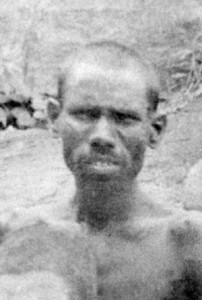
Mastan received the rare accolade of being described by Bhagavan as being in the most advanced state of any new devotee on the day he first met Sri Ramana at Virupaksha Cave. As he was pushing open the gate of Virupaksha Cave, before he had even set eyes on Sri Ramana, he went into a state of samadhi that lasted for hours.
Mastan came from the same village as Akhilandamma, and the two of them often visited Bhagavan together. Akhilandamma has provided a moving account of Mastan’s final days when the female deity of the Tiruvannamalai temple appeared to come and collect Mastan at the moment of his death. Bhagavan himself ordered that he be buried with the full rites of a Saiva saint, an honour he only otherwise accorded to his mother and Lakshmi the cow.
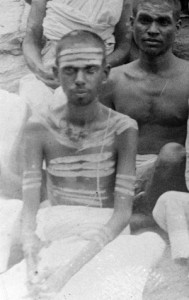
Ramanatha Brahmachari was a young brahmin boy from Tiruvannamalai who fell in love with Sri Ramana Maharshi at an early age. He devoted all his life to serving both Bhagavan and his devotees.
He was a tireless worker, initially in the ashram kitchen, and later in the sadhu colony of Palakottu. He was always looking for an opportunity to serve his fellow devotees by either shopping for them or by cleaning their living quarters.
His immense devotion to Bhagavan led Sri Ramana to remark that he was only afraid of two devotees: Ramanatha Brahmachari and Mudaliar Patti. Both had so much love for him, he knew he would be unable to refuse any request that either of them made.

Echammal and Mudaliar Patti were both widows who devoted decades of their lives to serving food to Ramana Maharshi. Both of them took a vow early in their lives that they would not eat until they had personally served food to Sri Ramana, a promise they managed to maintain for about forty years.

Lakshman Sarma was a lawyer and vedantic scholar who had the rare good fortune of receiving private lessons from Ramana Maharshi on the meaning of Ulladu Narpadu, his forty-verse poem on the nature of reality. Lakshman Sarma preserved and transmitted this knowledge in a series of translations and commentaries. Sri Ramana personally taught him the rules of Tamil poetry to equip him for this job. He also checked Lakshman Sarma’s translations so thoroughly, the author was forced to amend each translated verse innumerable times until Sri Ramana was satisfied that he had both understood and translated the teachings properly.
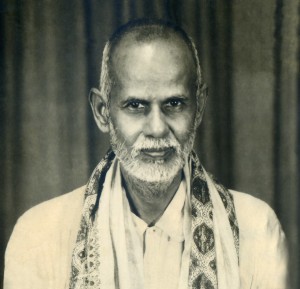
Lakshman Sarma’s writings include Maha Yoga, Revelation, a Tamil commentary on Ulladu Narpadu, and Sri Ramanaparavidyopanishad.
Krishna Bhikshu was a Telugu author and lawyer who wrote Sri Ramana Leela, one of the most authoritative accounts of Sri Ramana’s life. He was also a follower of Ganapati Muni.
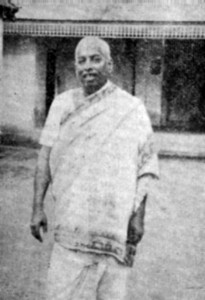
Bhagavan made a point of saying, in the mid-1940s, that Krishna Bhikshu’s biography was more reliable than others that were available in Tamil and Telugu because he had stayed with Bhagavan to revise and update his account over several successive editions.
He collected many stories of Bhagavan’s life and of interactions between Sri Ramana and the devotees and visitors who came to see him. Many of these stories, originally recorded in Telugu, are narrated in this account.
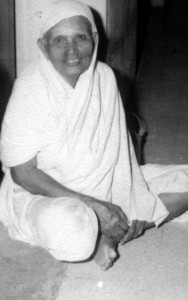
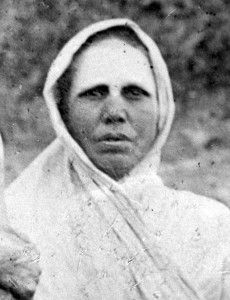
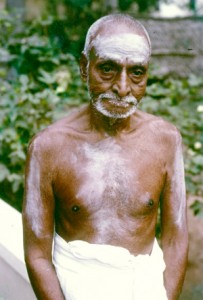
Ramana Maharshi took a hands-on attitude to the food that was cooked and served in his ashram. He would get up in the early hours of the morning to chop the vegetables that would be used in that day’s meals. He would select the recipes and supervise all aspects of the food preparation and cooking. The cooking was mostly done by a group of brahmin widows that included Sampoornamma and Shantammal. They were occasionally joined by some of the men, such as Natesa Iyer , Annamalai Swami and Sundaram. All of them have moving tales to tell about their years of cooking under Bhagavan’s direct supervision.

G. V. Subbaramaya was a professor of English in Nellore, Andhra Pradesh. He was one of the few devotees whose child-like demeanour allowed him to move freely and easily with Bhagavan. Being proficient in Telugu, Sanskrit and English, he was asked by Bhagavan himself to make translations of ashram books. Sri Ramana supervised these jobs himself, making many revisions and suggestions to whatever Subbaramayya showed him.
Subbaramayya surrendered completely to Bhagavan and entrusted the well being of all his family to Sri Ramana. In this account he narrates several incidents that demonstrate how Bhagavan looked after the affairs of those who had the faith and the ability to hand over all their worldly problems and concerns to him.
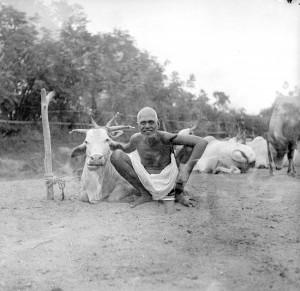
Lakshmi the cow was brought to Bhagavan as a calf in the 1920s. Her love and devotion to Bhagavan soon became apparent. She remained at the ashram for almost twenty years and produced innumerable calves, many of which were born on Bhagavan’s birthday. She and Bhagavan had a teleptahic communication that enabled Sri Ramana to be aware of her day-to-day needs. He went out of his way to ensure that her housing and food requirements were always meticulously attended to.
When she passed away in 1948, Bhagavan declared that she had been fully liberated. He even composed a verse to that effect that is now inscribed on her samadhi shrine. The only other devotee whose liberation was publicly confirmed by Bhagavan was his own mother.
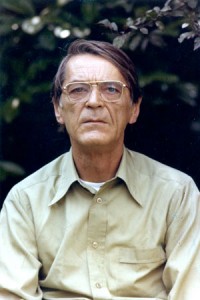
Wolter Keers was a Dutch devotee who came to Tiruvannamalai in the final year of of Sri Ramana’s life. His account of his encounters and experiences with Sri Ramana display a strong hunger to have Bhagavan reveal the truth of who he really was.
In later years Wolter Keers became a well-known spiritual teacher in Europe, travelling widely and teaching in several languages.
The account that begins on the next page is from the chapter about Ramanatha Brahmachari.